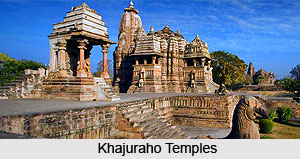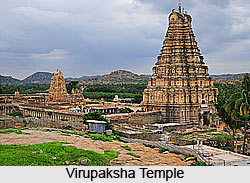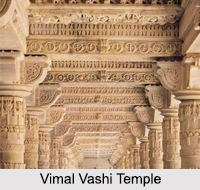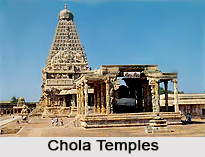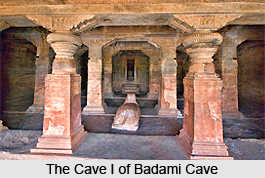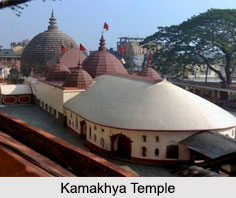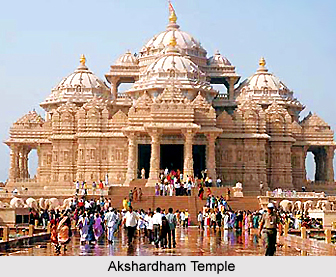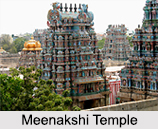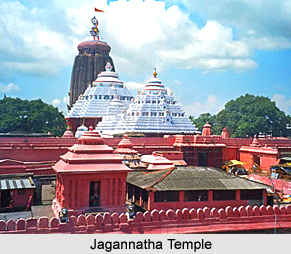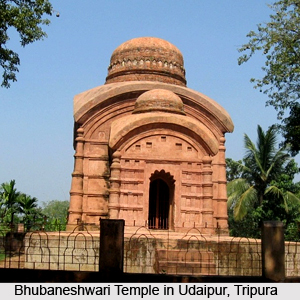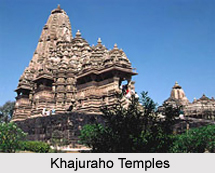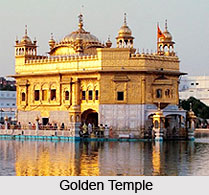 The boundary line of the pool was laid in AD 1570. The tank was named Amritsar and the town also came to be called by the same name. While the tank was under construction, Guru Arjan Dev consulted Baba Buddhaji and expressed his wish to raise a beautiful permanent structure in the pool of nectar. The object of Guru Arjan Dev in planning the structure was to combine both spiritual and temporal aspects, the combination of Nirgun and Sargun.
The boundary line of the pool was laid in AD 1570. The tank was named Amritsar and the town also came to be called by the same name. While the tank was under construction, Guru Arjan Dev consulted Baba Buddhaji and expressed his wish to raise a beautiful permanent structure in the pool of nectar. The object of Guru Arjan Dev in planning the structure was to combine both spiritual and temporal aspects, the combination of Nirgun and Sargun.
The plan was executed under the direct control and supervision of Guru Arjan Dev assisted by Baba Buddhaji, Bhai Gurudas and other devoted Sikhs. The solid foundation was laid on a level higher than the bottom of the tank with lime and bricks. Broad walls were built. A bridge connecting the temple with Darshani Deorhi (entrance gate) was constructed over the support of Surang Duraries (aqueducts) mehrabs and dats (arches).
Instead of building the Hari Mandir on a higher level, it was built on a level lower than the surrounding ground. The visitors have to go down the steps in order to pay homage to the holy shrine. It has doors facing all four cardinal sides.
With the construction of the Hari Mandir, Amritsar attained the status of A the Sath Tirth. The next remarkable development of the Hari Mandir was the compilation of the sacred text of the Sikhs. The selection for the Holy Scripture was based on the principle of the unity of God and the brotherhood of Man. The Adi Granth was completed and was formally installed in the Hari Mandir in August 1604. Baba Buddhaji was appointed the first granthi (head priest) of the temple. From that very day regular worship, kirtan and other religious services started at the shrine.
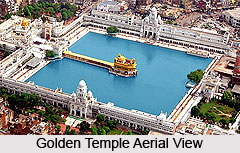 The Hari Mandir was destroyed by the Afghan invaders thrice (A.D. 1757, 1762 and 1764), and was finally rebuilt in its present shape and structure during the period of the Sikh Misls (confederacies) in AD 1764. After the conquest of Sirhind in 1764, the Khalsa (Sikh Commonwealth) collected offerings and began the reconstruction work. Sardar Jassa Singh in 1764, relaid the foundation of the temple. The construction of the Amrit Sarowar, the Hari Mandir, the bridge and the Darshani Deorhi was completed by 1776. The construction of parikarma (circumambulatory) and religious places around the tank was completed by 1784.
The Hari Mandir was destroyed by the Afghan invaders thrice (A.D. 1757, 1762 and 1764), and was finally rebuilt in its present shape and structure during the period of the Sikh Misls (confederacies) in AD 1764. After the conquest of Sirhind in 1764, the Khalsa (Sikh Commonwealth) collected offerings and began the reconstruction work. Sardar Jassa Singh in 1764, relaid the foundation of the temple. The construction of the Amrit Sarowar, the Hari Mandir, the bridge and the Darshani Deorhi was completed by 1776. The construction of parikarma (circumambulatory) and religious places around the tank was completed by 1784.
The main structure rises from the centre of the sacred pool on a square platform that is 67ft square. The structure is 40.5 ft square and is approached by a causeway that is 202 ft in length and 21 ft wide. Functionally and technically a three stories structure. An archway on the western side of the pool opens on to the causeway bordered with balustrades of fretted marble, and lamps set at close intervals on the marble columns.The building has the lower part in white marble, but the upper part is covered with plates of gilded copper. The ground floor interior is where the Guru Granth Sahib is placed under a gorgeous canopy, studded with jewels. The second storey above it is known as Shish Mahal or the Mirror Room. It is designed so as to have just a square opening in the center to view the ground floor, with a narrow circumambulatory around the square opening.
The interior of the Shish Mahal is ornamented with pieces of mirror in various shapes and sizes, skillfully inlaid on the walls with mostly floral designs.
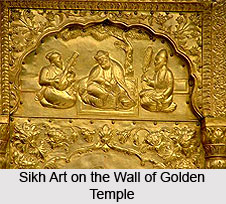 Above the Shish Mahal is another very small square pavilion, surmounted by a low fluted golden dome, lined at its base with a number of smaller domes. The walls of the two lower stories, forming parapets, terminate with several rounded pinnacles. There are four chhatris or kiosks at the corners. The combination of large, medium and miniature domes of gilded copper create a dazzling effect. The first plate on the temple was fixed in 1803. The archway under the Darshani Deorhi was also embellished with sheets of gilded copper by Sangat Singh, the Raja of Jind.
Above the Shish Mahal is another very small square pavilion, surmounted by a low fluted golden dome, lined at its base with a number of smaller domes. The walls of the two lower stories, forming parapets, terminate with several rounded pinnacles. There are four chhatris or kiosks at the corners. The combination of large, medium and miniature domes of gilded copper create a dazzling effect. The first plate on the temple was fixed in 1803. The archway under the Darshani Deorhi was also embellished with sheets of gilded copper by Sangat Singh, the Raja of Jind.
The decorations are strictly mural paintings with floral patterns interspersed with animal motifs. There are about 300 different patterns on the walls, which look like Persian carpets. The only mural depicting human figures is on the wall behind the northern narrow stairway leading to the top of the shrine, representing Guru Gobind Singh on horseback.
In addition there is work in embossed copper, gach, tukri, jaratkari and ivory inlay. Most of the exterior upper portions of the walls of the Golden Temple are covered with beaten copper plates, heavily gilded. The raised decorations are mainly floral and abstract, but there are some panels with human figures.
Gach, a sort of gypsum, was treated to a paste and applied on the wall like lime. Then it was fashioned with steel cutters and other implements. Gach work is inlaid with coloured glass known as tukri work and is seen on the second story of the Shish Mahal.
Jaratkari work involved inlaying of coloured cut-stones in marble and is found on the lower portion of the exterior walls of the temple. Also called pietra dura work, which consists of inlay work in semi-precious stones, such as lapis lazuli and onyx.
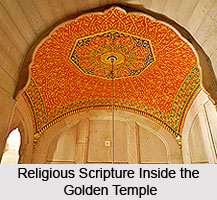
The ivory inlay work is seen only on the doors of the Darshani Deorhi. The doorframe of the arch is 10ft in height and 8 ft 6 inches in breath. The gate is made of shisham wood, the front is covered with silver sheets and the back is inlaid with ivory in geometrical and floral patterns. Some of the ivory inlay is coloured green and red. Today many paintings by Mahant Ishar Singh have been covered over with marble slabs.
The causeway is connected with a 13 ft wide circumbulatory path. It runs around the main shrine and it leads to the to the Har ki Pauri -steps of God. On the first floor here the Granth Sahib is read continuously.
Most of the painters and craftsmen, who worked in various branches of mural arts and its appurtenances in the Golden Temple, remained unknown. A good deal of the old work, particularly mural in character, has disappeared. The old Bungas of the Golden Temple, which were demolished, held a splendid collection of paintings.
